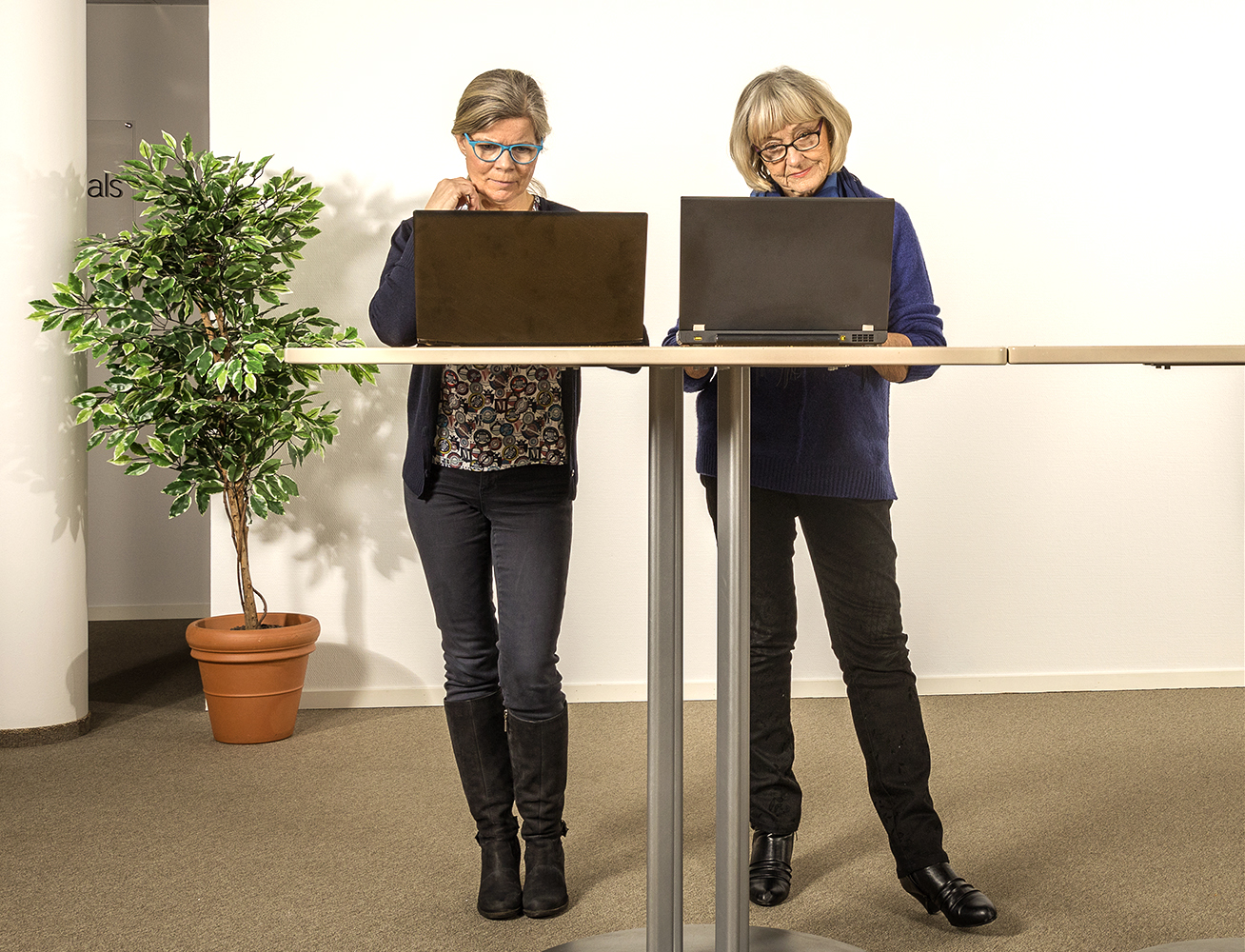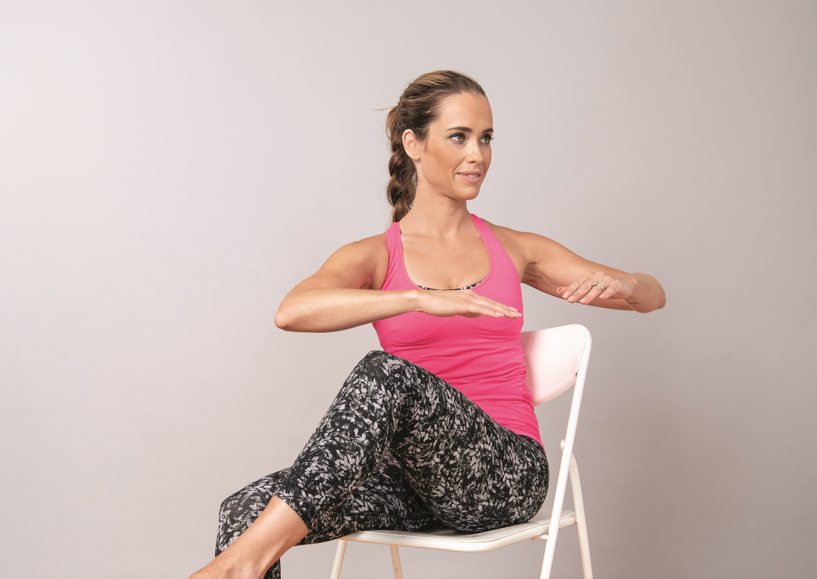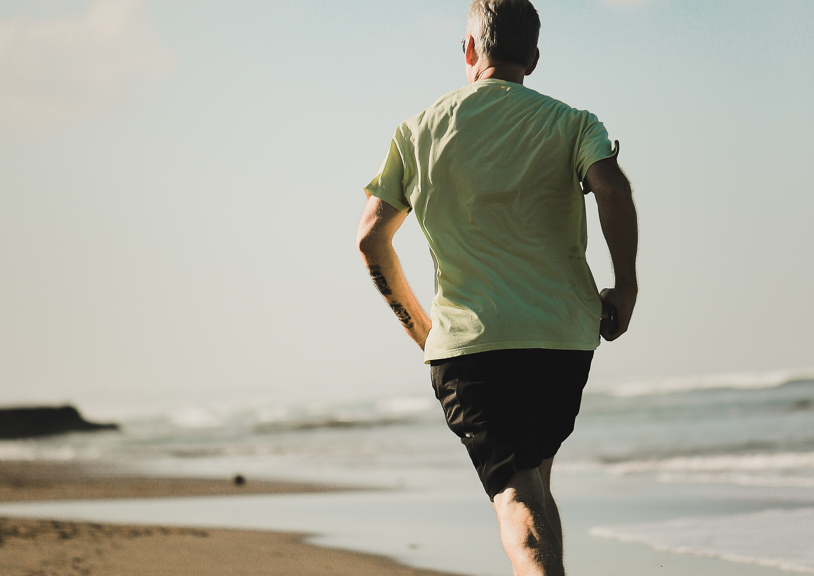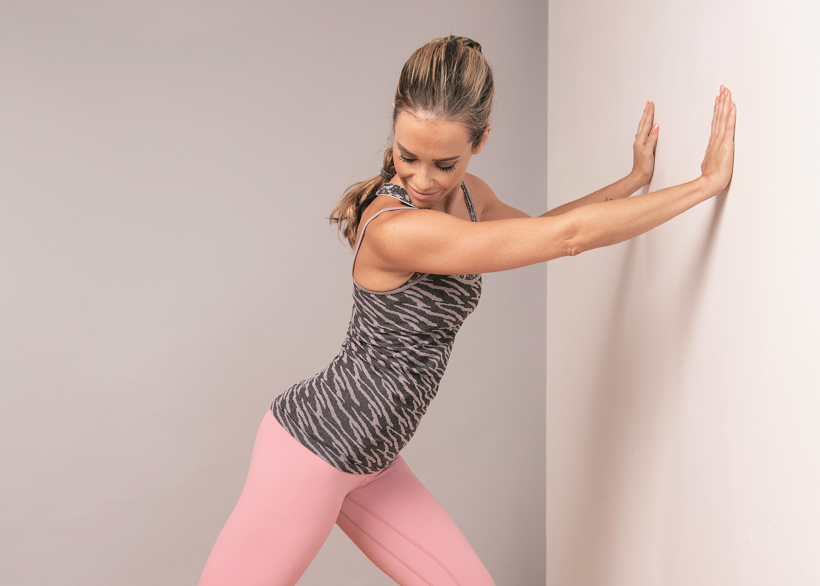We know that prolonged periods of sitting are bad for you, but a standing desk isn’t going to solve that problem for you
By Katrina Caruso
In recent years, the concept of standing desks has become something like a fad, seen as the ultimate workplace hack. Some companies have been buying fancy standing desks or adjustable tabletop add-ons for employees, and many people are crafting their own affordable versions using Ikea shelves and coffee tables. Where did the hype come from?
It began when a number of studies showed that prolonged sitting comes with health risks. A 2015 study conducted by researchers at the University of Toronto showed that those who sit too much during the day have higher risks for cancer, diabetes, heart disease, hospitalization and premature death. The more hours the participants were sedentary, the greater their risk. Another study from August 2017 showed a link between sitting and symptoms such as leg cramps and varicose veins.
Naturally, people concluded, if sitting is bad for you, the answer is to replace sitting with standing. Standing has been found to burn as many as twice the calories sitting does, and burning calories can lead to weight loss, so it follows that standing desks are a good thing.
However, research has found that too much standing can lead to varicose veins and leg cramps and, according one Canadian study, it can double your risk for heart disease. Peter Smith, a University of Toronto researcher involved in the study, observed that standing all day can lead to blood pooling in the legs and increase blood pressure. And people have complained of developing severe pain in the their legs and lower backs from too much standing.
The real problem, of course, is neither sitting nor standing—it’s inactivity. Researchers across the board agree that we just need to move more.
If you have a desk job, try to get up more often from your workspace: go take a walk to the water cooler, stretch (especially the back and hips), use the stairs as much as possible, or even just stand up for a while every 45 minutes to an hour. If you watch TV at night, don’t binge for hours without getting up and moving now and then.
Finally, it’s worth considering the way you sit: it’s been shown that working with your feet raised off the ground can help with circulation, as can adjusting your chair to lean back to 135 degrees, which helps reduce pressure in the back.
Photo: iStock/GeirSteneLarsen.






